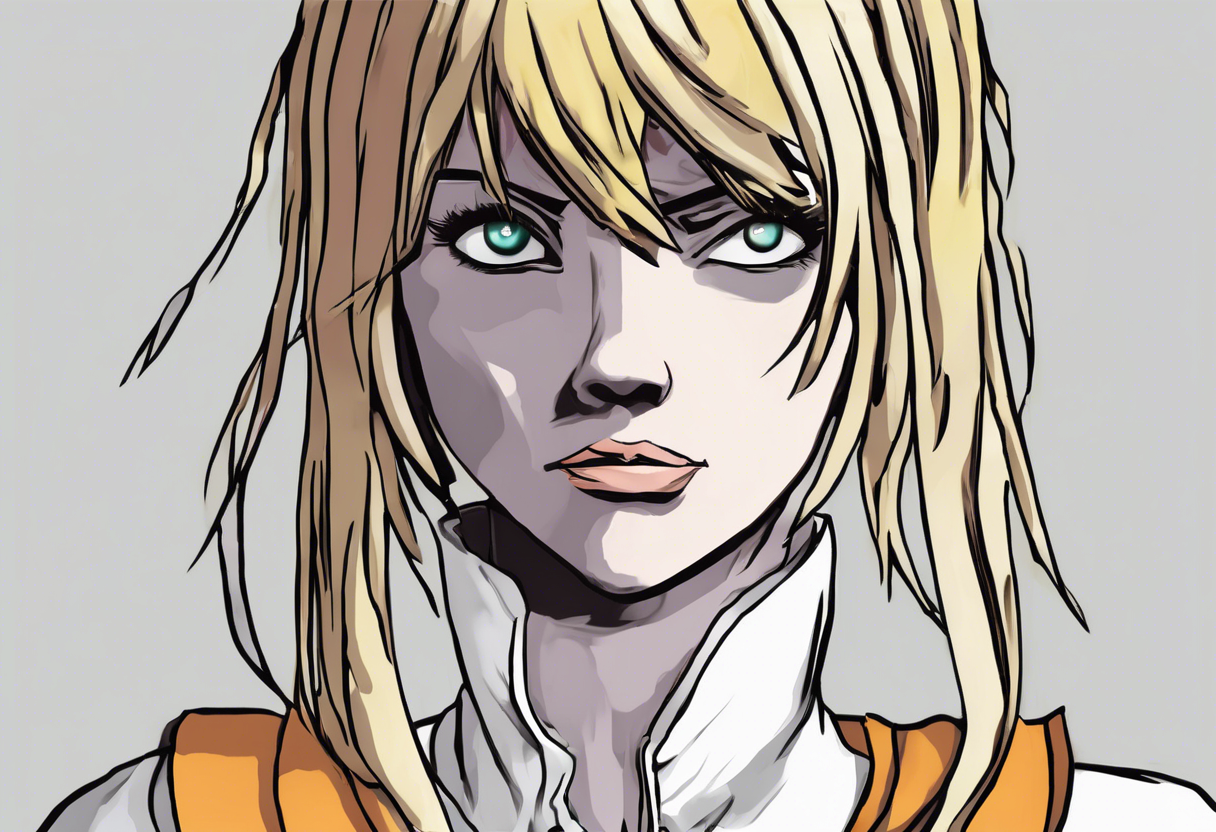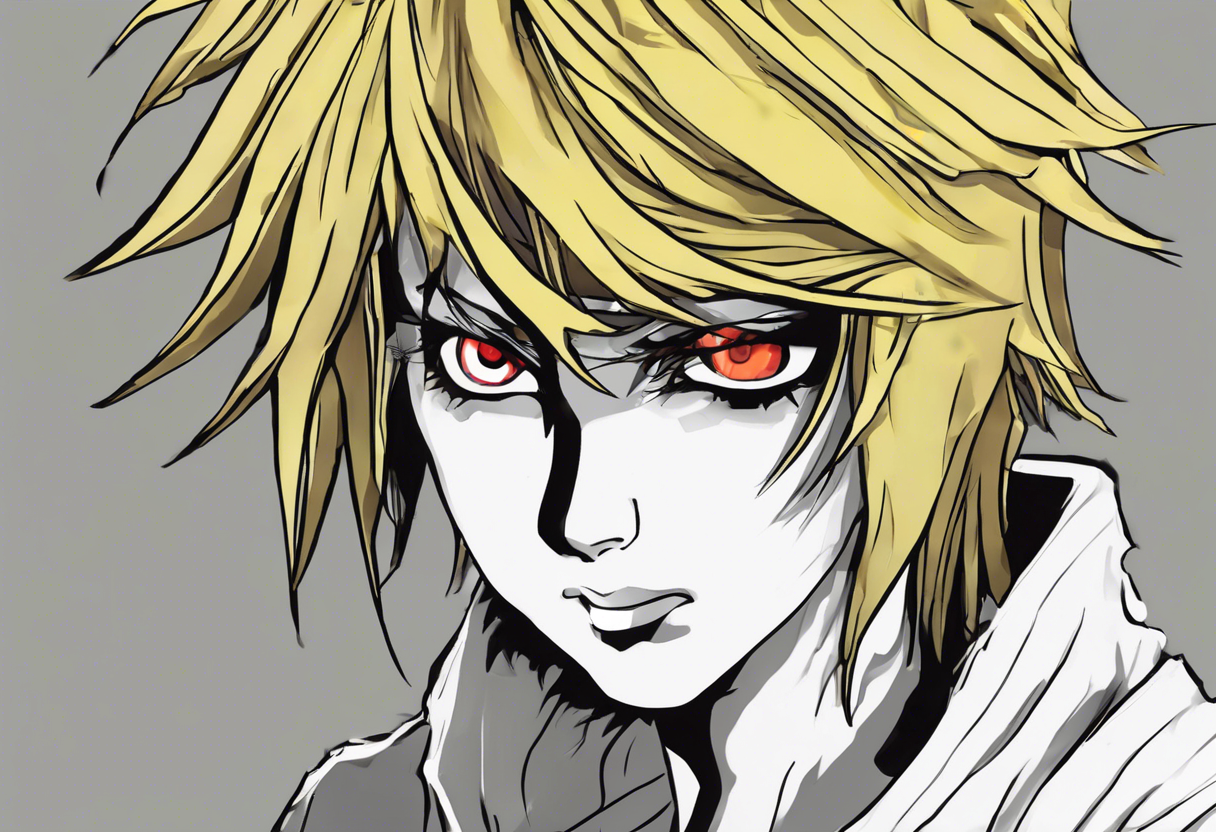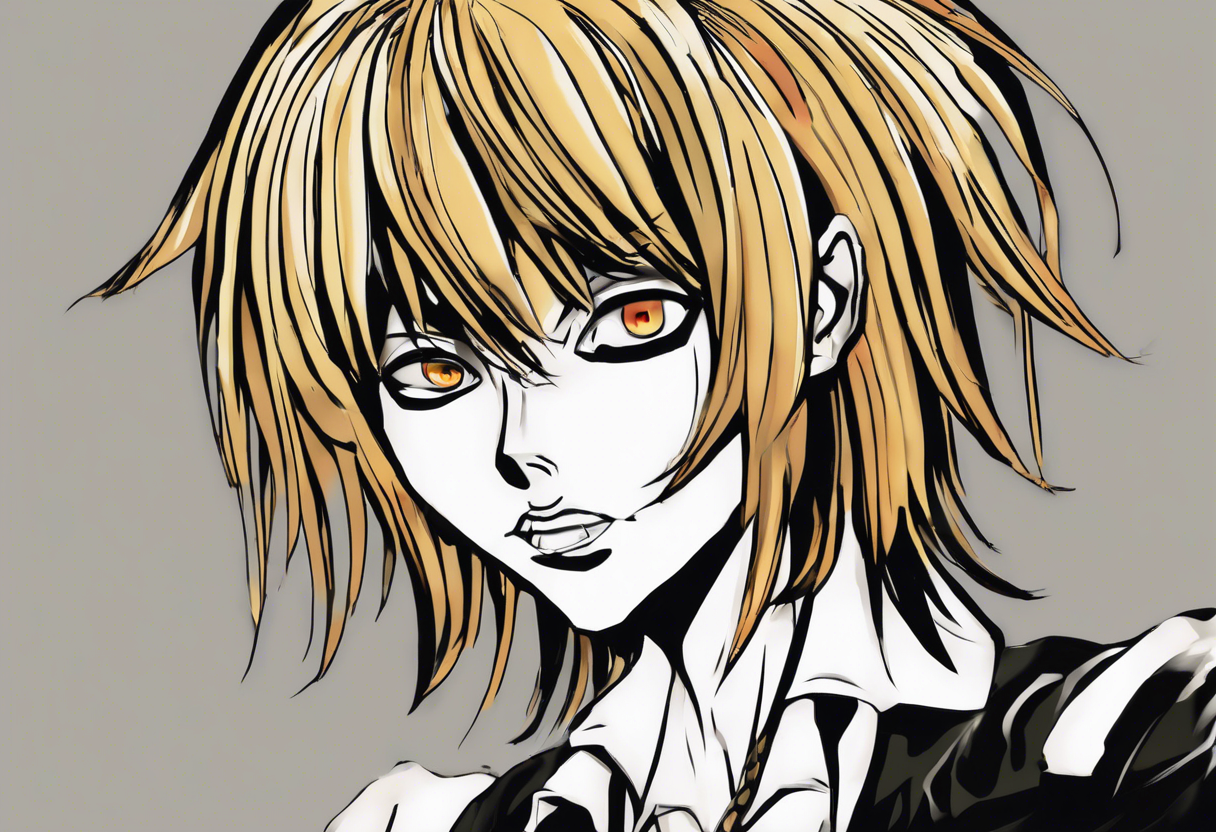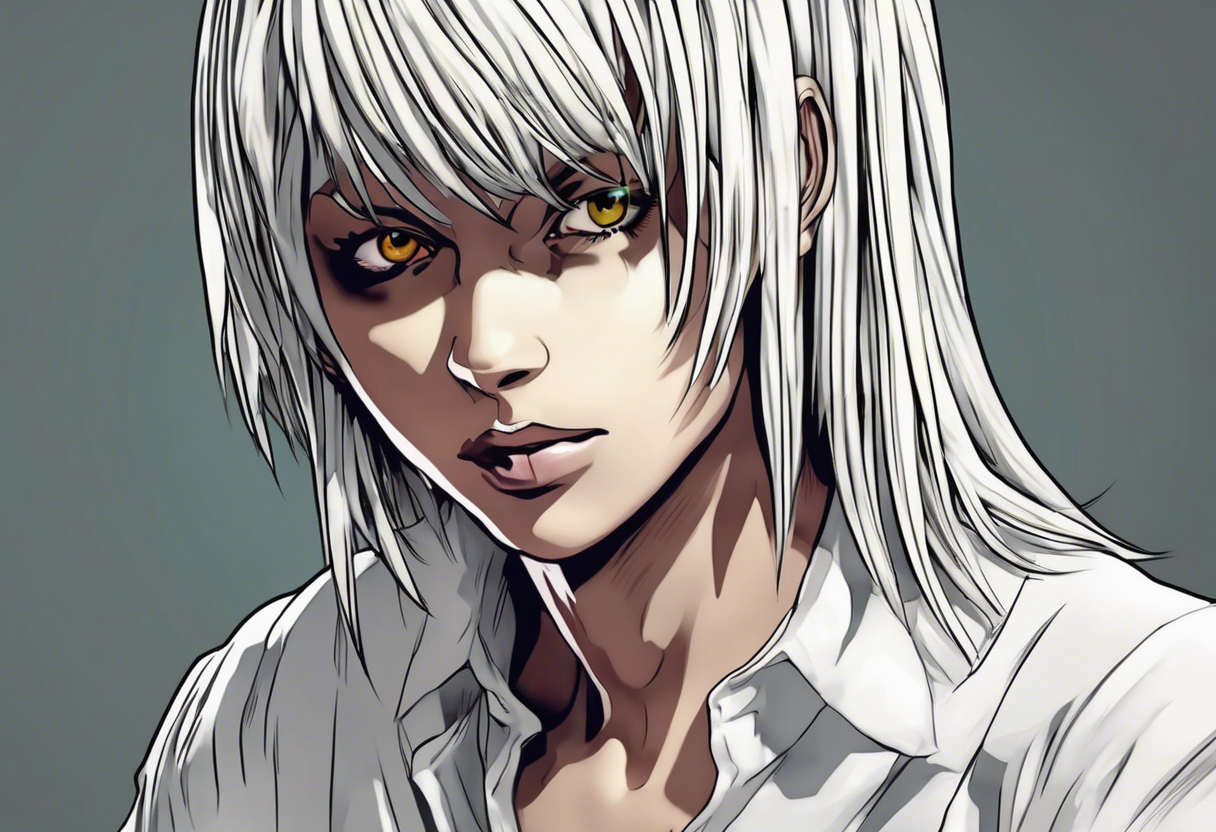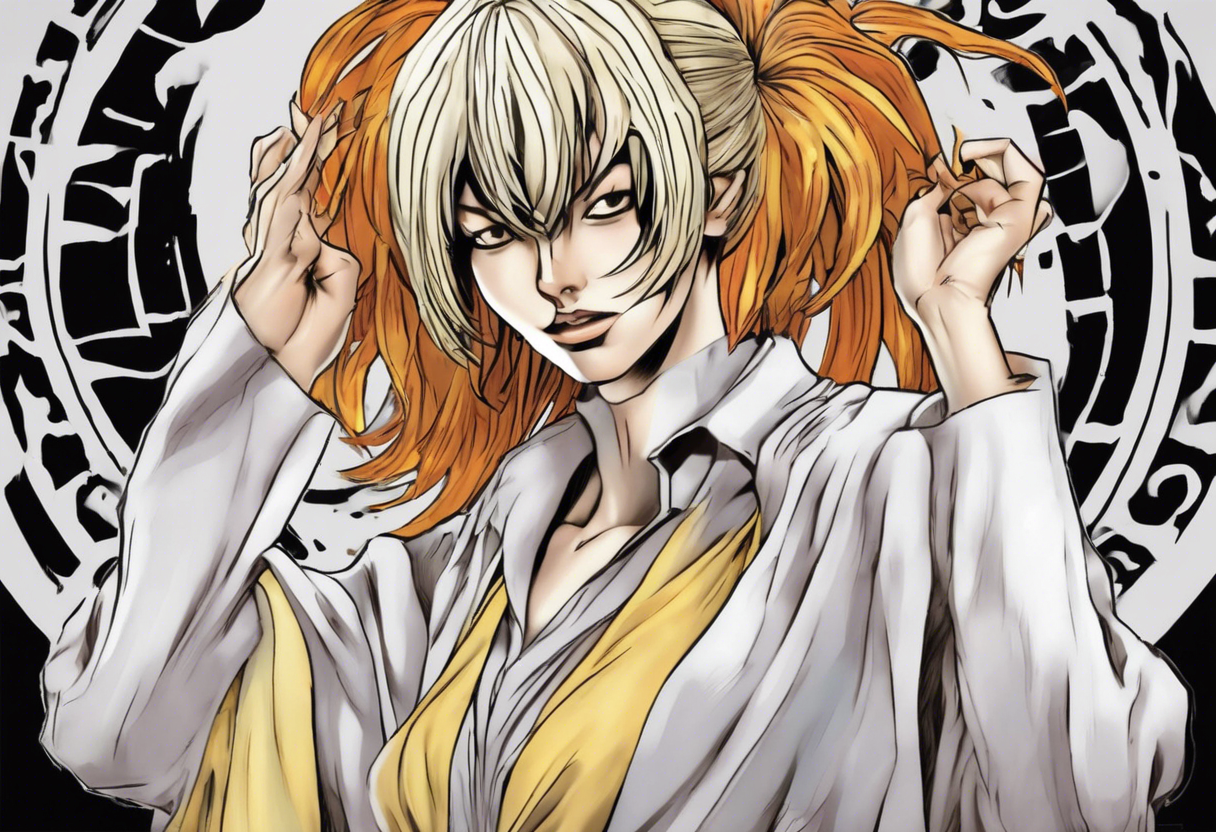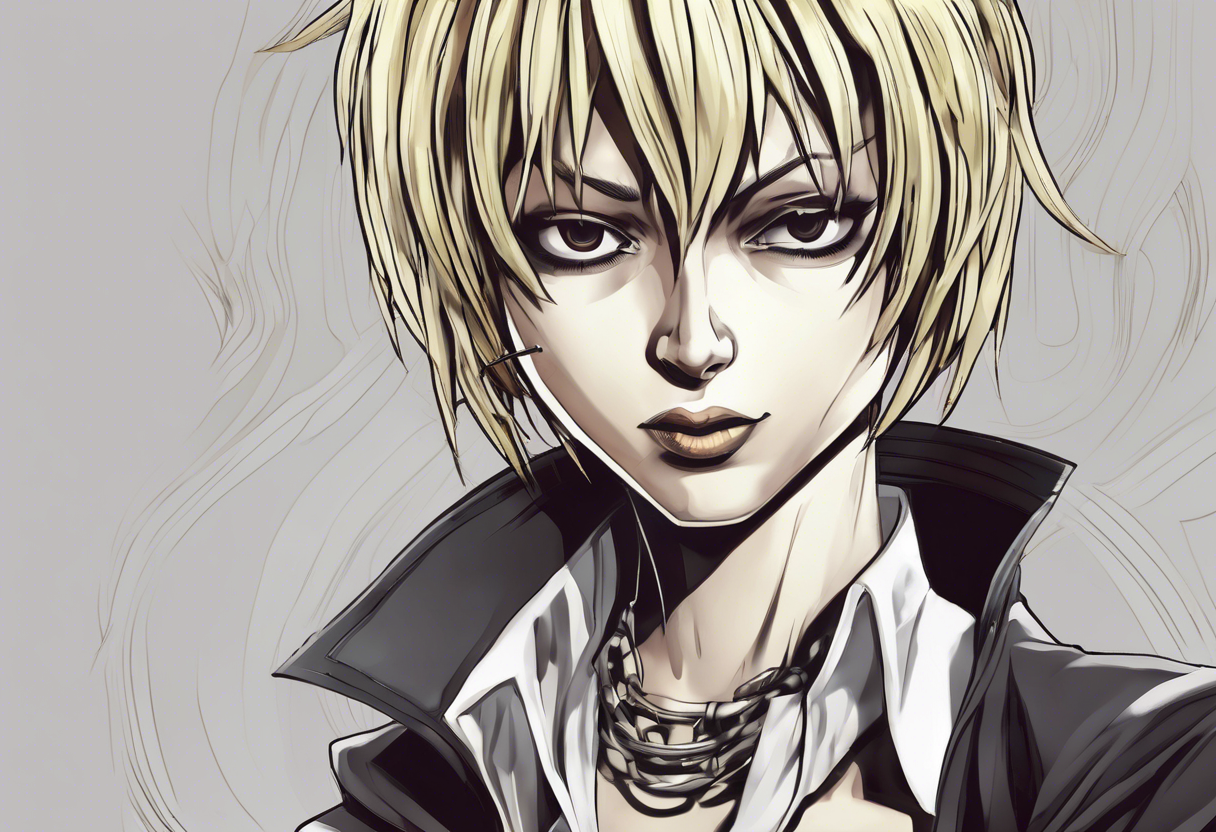Contents
Midora: The Enigmatic Shinigami of Death Note
Introduction
Midora is a shinigami character in the popular manga and anime series Death Note, created by Tsugumi Ohba and Takeshi Obata. Although Midora is not a central character in the main storyline, their presence is significant in the one-shot sequels and short stories associated with the series. This article will delve into Midora’s creation, backstory, defining traits, and their role in the narrative, as well as their connections to broader themes and cultural impact.
Midora’s character is introduced in the one-shot sequels to Death Note, specifically in "C-Kira" and "a-Kira" [1][5]. As a shinigami, Midora is part of the supernatural realm where these death gods reside, each possessing a Death Note that allows them to control the fate of humans.
Role in the Story
Midora’s storyline is woven into the fabric of the Death Note universe through a bet with another shinigami, Ryuk. In this narrative, Midora gives Ryuk an apple from the human realm as part of a wager to see if a random human could become the new Kira, the alias used by Light Yagami, the main protagonist of the series. This bet serves as a catalyst to explore the potential of humans to wield the power of the Death Note.
Midora’s journey is relatively short-lived but impactful. The human chosen for the bet writes their own name in the Death Note after hearing Near’s announcement about the new Kira, effectively ending the bet and proving that no human would surpass Light as the new Kira [1][5]. This event highlights Midora’s role in testing the limits and potential of human ambition and power.
Character Analysis
Midora’s personality and motivations are not extensively explored in the main series, but their actions and decisions provide some insight. As a shinigami, Midora is driven by curiosity and a desire to understand human nature, which is a common trait among shinigami in the series. The bet with Ryuk indicates a sense of boredom and a need for entertainment, which is typical of shinigami who often find human activities intriguing.
Midora’s strengths lie in their ability to observe and test human behavior, although their flaws might include a lack of deep emotional investment in the outcomes of their bets. This detachment is characteristic of shinigami, who generally view humans as mere entertainment.
Despite the limited screen time, Midora’s presence adds depth to the narrative by highlighting the ongoing interest of shinigami in human affairs. Their character serves as a reminder of the broader supernatural context within which the story of Death Note unfolds.
Themes and Symbolism
Midora embodies several themes that are central to the Death Note series. One of the primary themes is the exploration of human nature and the consequences of power. The bet between Midora and Ryuk symbolizes the curiosity and sometimes callous nature of shinigami towards human life. This theme is reinforced by the apple, which is a recurring symbol in Death Note, often representing the forbidden fruit and the power to control life and death [4].
Another theme is the concept of boredom and the search for entertainment, which is a common motif among shinigami. Midora’s actions reflect this theme, as they engage in a bet to alleviate their boredom and observe human behavior.
Cultural Impact
Midora, although not a main character, has contributed to the cultural significance of Death Note. The character’s introduction in the one-shot sequels has provided fans with additional insights into the shinigami world and the rules that govern it. This has enriched the lore of the series and satisfied fans’ curiosity about the broader universe.
In adaptations and spin-offs, Midora’s character has not been extensively explored, but their presence in the original manga and one-shot sequels has been well-received by fans. The character’s unique role in testing human potential has sparked discussions and analyses among fans, adding to the series’ cultural impact.
Critical Reception
Critics and audiences have generally viewed Midora as an interesting but minor character in the Death Note universe. The character’s limited appearance has not garnered extensive critical analysis, but their role in the one-shot sequels has been appreciated for adding depth to the series’ lore.
Fans have praised the creativity behind Midora’s introduction and the way it expands the understanding of shinigami behavior and motivations. However, some critics might view Midora’s character as somewhat one-dimensional due to their limited screen time and lack of detailed backstory.
Legacy
Midora’s enduring appeal lies in their contribution to the rich and complex world of Death Note. The character’s presence has inspired further exploration of the shinigami realm and the rules that govern it, making the series even more engaging for fans.
In contemporary discussions, Midora’s character serves as a reminder of the themes of power, curiosity, and the human condition that are central to Death Note. Their role in the one-shot sequels has also influenced other works by demonstrating the potential for expanding a series’ universe through additional characters and storylines.
References
- https://en.wikipedia.org/wiki/Death_Note
- https://www.mycast.io/stories/death-note-short-stories-anime-english-dub/roles/midora/40986493
- https://guardiantree12.wordpress.com/2013/02/01/character-analysis-misa/
- https://animetropolisblog.wordpress.com/2016/06/10/in-a-different-light-death-note/
- https://hanagasaitayo.wordpress.com/2019/12/01/analysis-goodnightpunpun-oyasumipunpun/

